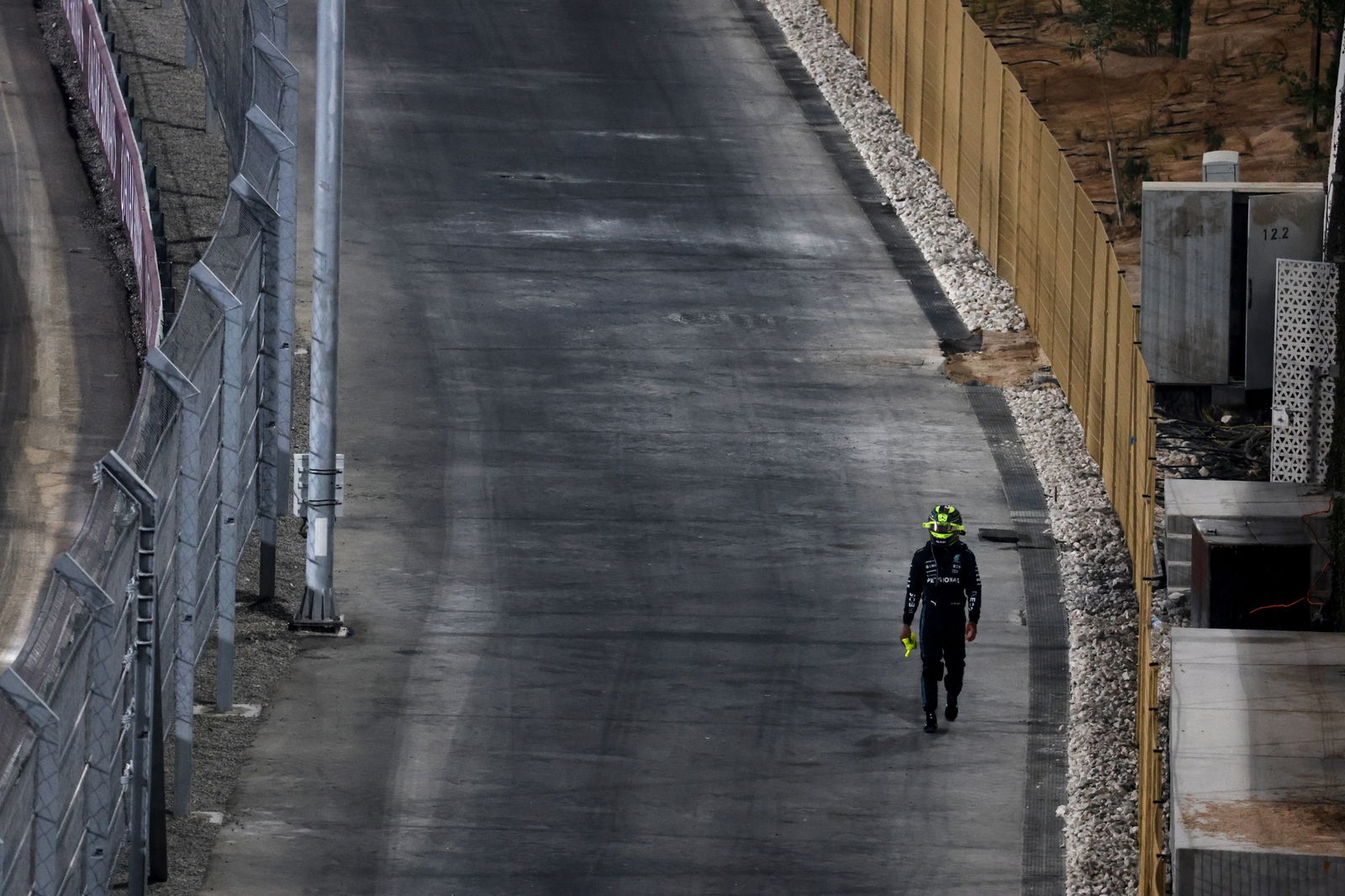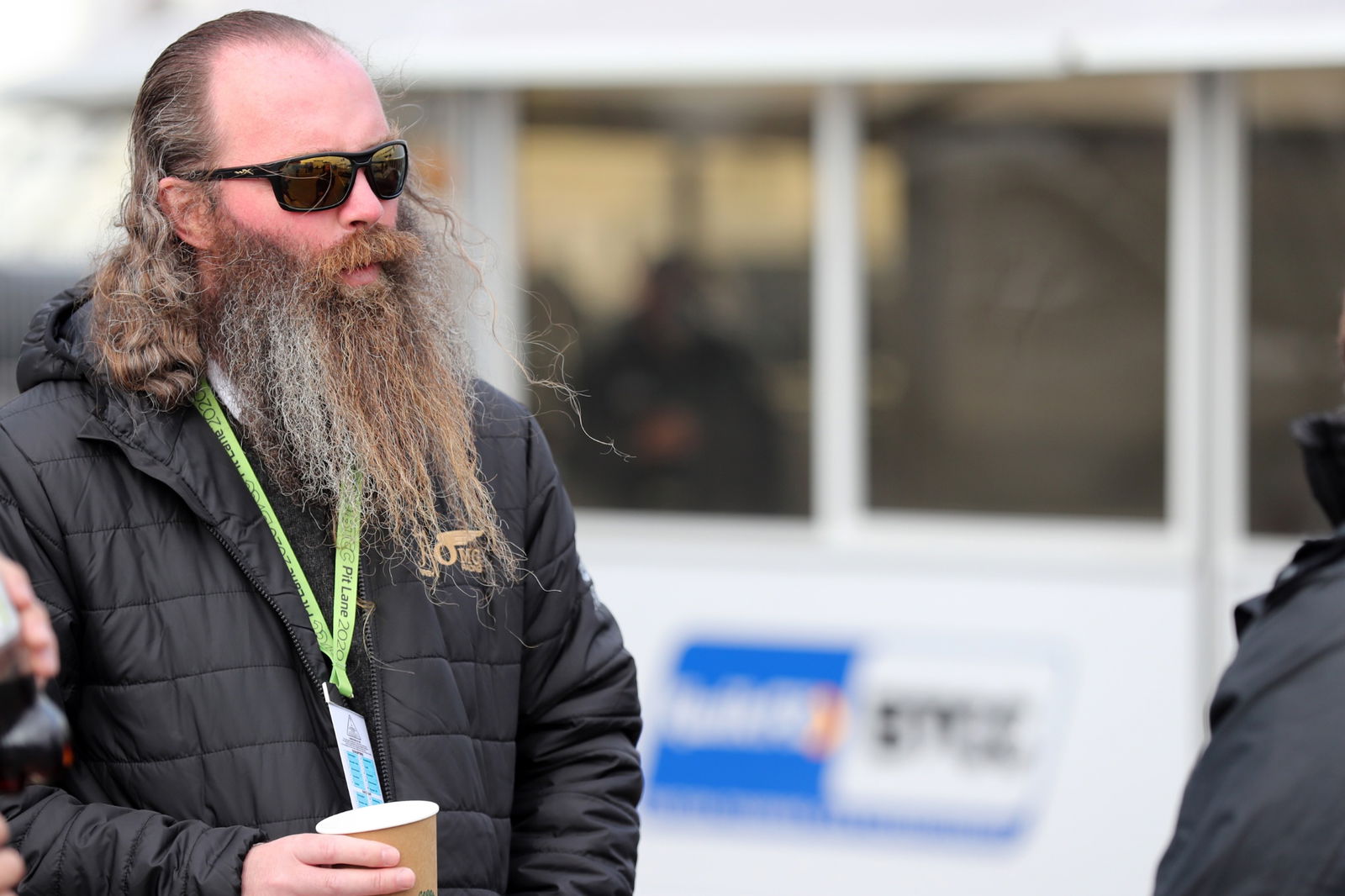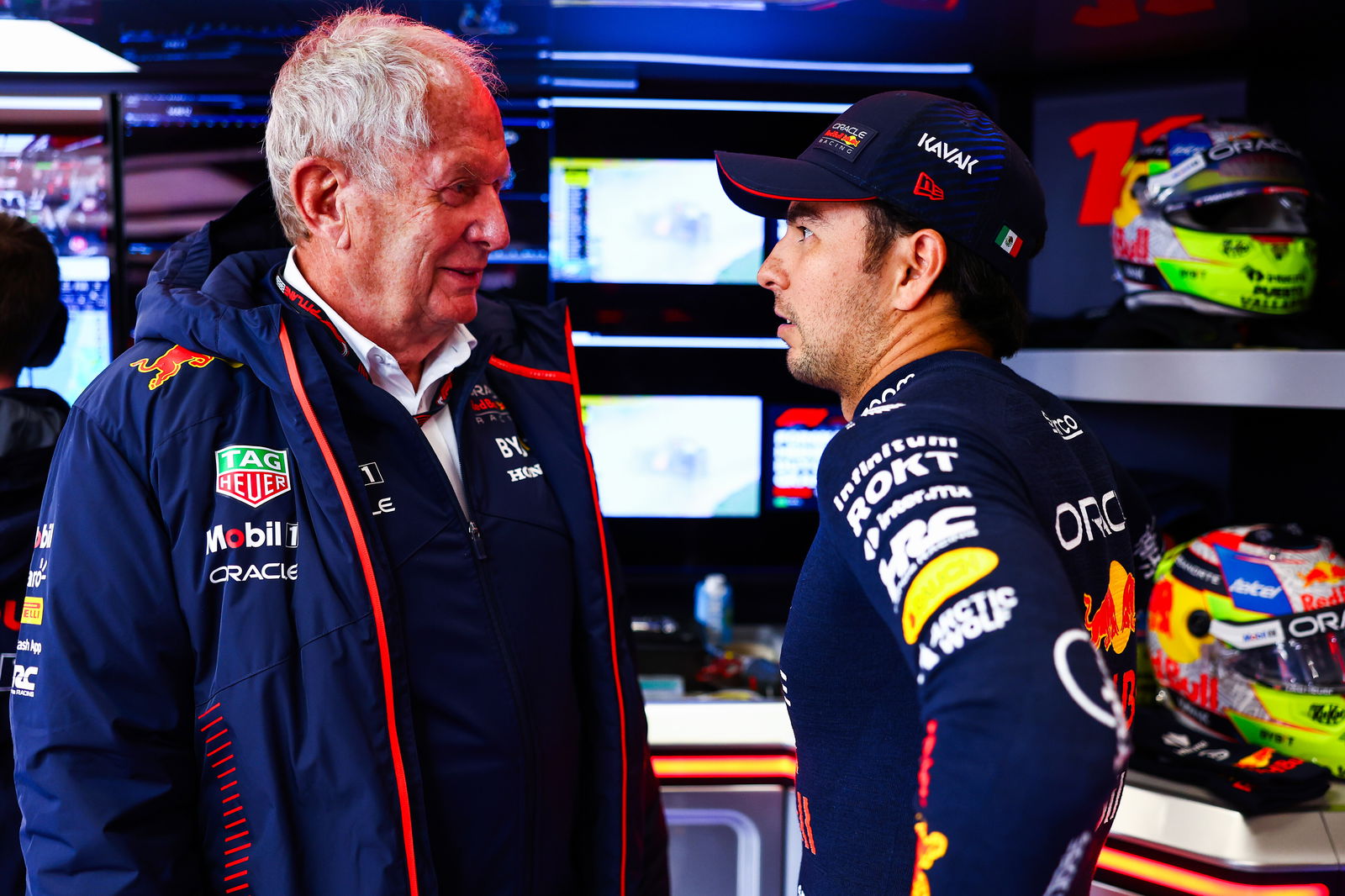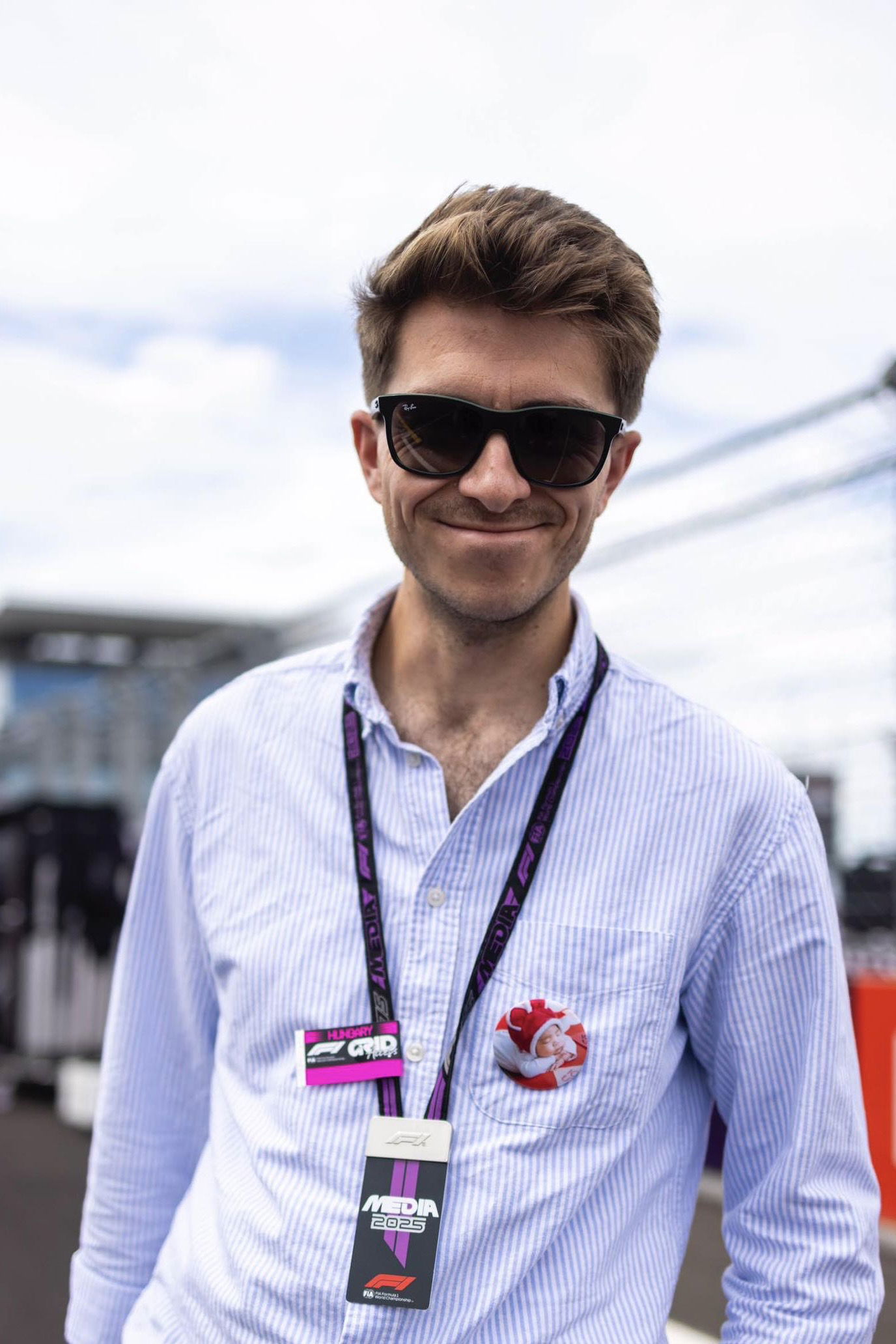Mercedes explain Lewis Hamilton-George Russell F1 Qatar GP crash - but should they have avoided it?

Hamilton, who started on soft tyres, attempted to sweep around the outside of both Russell and Max Verstappen, who were on mediums, at Turn 1.
But the Mercedes duo ended up making wheel-to-wheel contact that sent Hamilton spinning off into the gravel and out of the race, while Russell had to pit and dropped to the very back of the field.
Mercedes explained that the decision to split strategies with their cars was influenced by the unexpected mandated maximum tyre stint life for Sunday’s grand prix, which left Hamilton on the back foot.
“Of all of the drivers on the grid, Lewis had the most limited options available in terms of race tyres, and in particular, in terms of the medium,” Mercedes trackside engineering director Andrew Shovlin said in the team’s post-Qatar debrief video.
“This was in part due to the laps that we did on Friday morning before we had any awareness that there might be an issue with the tyres.
“Now, the medium that he was going to have to run was so short on life it was actually very similar in range to the soft. Given that George got a very good start with the soft the day before, it also worked very well on the Safety Car restarts, so we elected to start Lewis on soft tyre because of that better grip off the line, and the fact that there was unlikely to be any downsides in terms of range.”
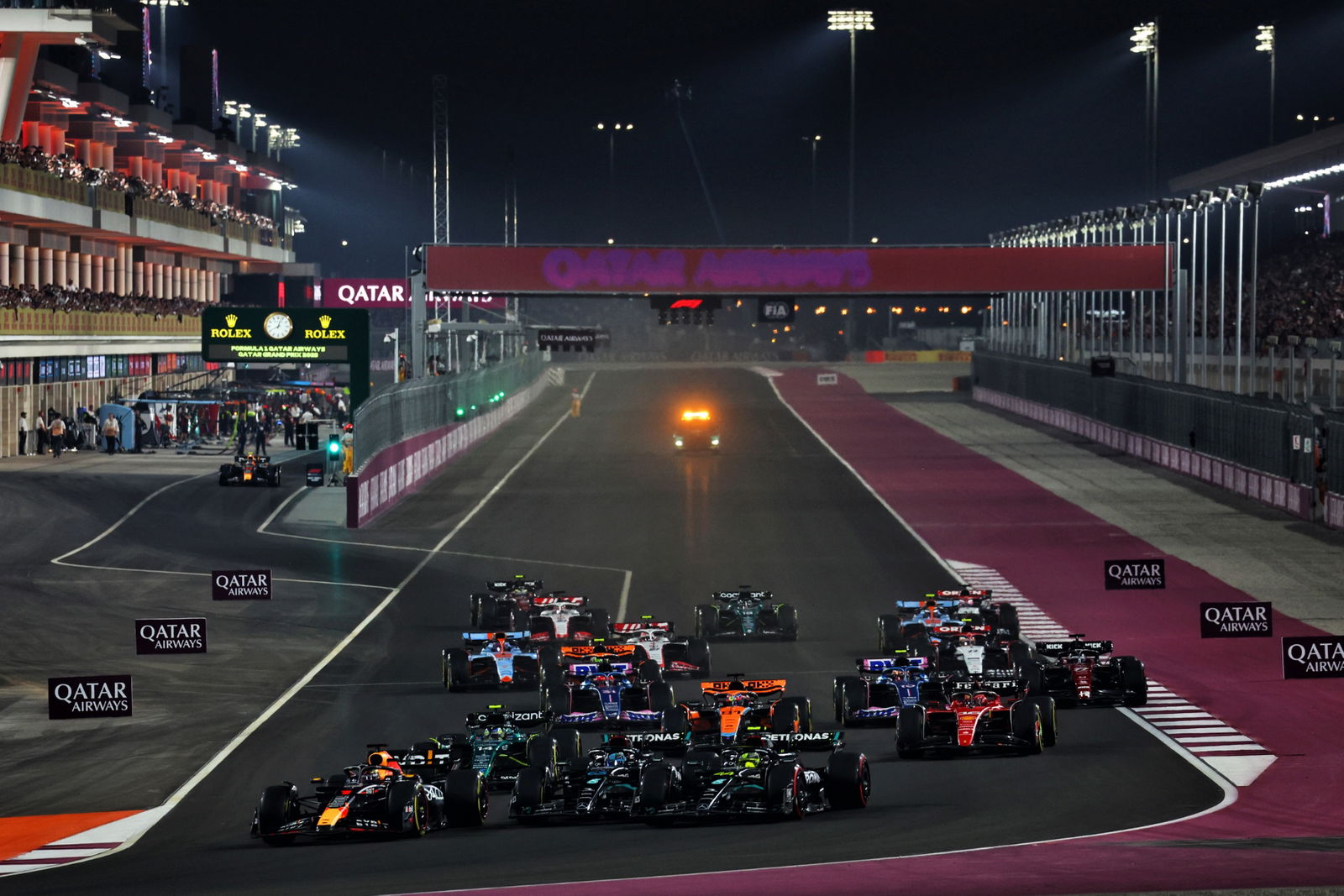
Mercedes admitted they had discussed the possibility that Hamilton could have got ahead of Russell by the first corner, but they opted against imposing team orders and instead allowed things to play out naturally.
“We discussed the start tyre choice with both drivers on Sunday morning and there was always going to be a chance that Lewis on the soft tyre was going to get a better start and overtake George before Turn 1,” Shovlin continued.
“So that was always considered, but they were aware they were on different strategies, it was important that they didn’t lose time racing each other and that was clear, but we weren’t imposing team orders in the race.”
Shovlin went on to describe what happened at Turn 1 as being “simply a mistake”.
Would a clear instruction for Russell not to challenge Hamilton in such a situation have prevented this?
Granted, the hectic and unpredictable nature of a grand prix start, where so many variables are at play, would have made orchestrating such a team order incredibly complicated.
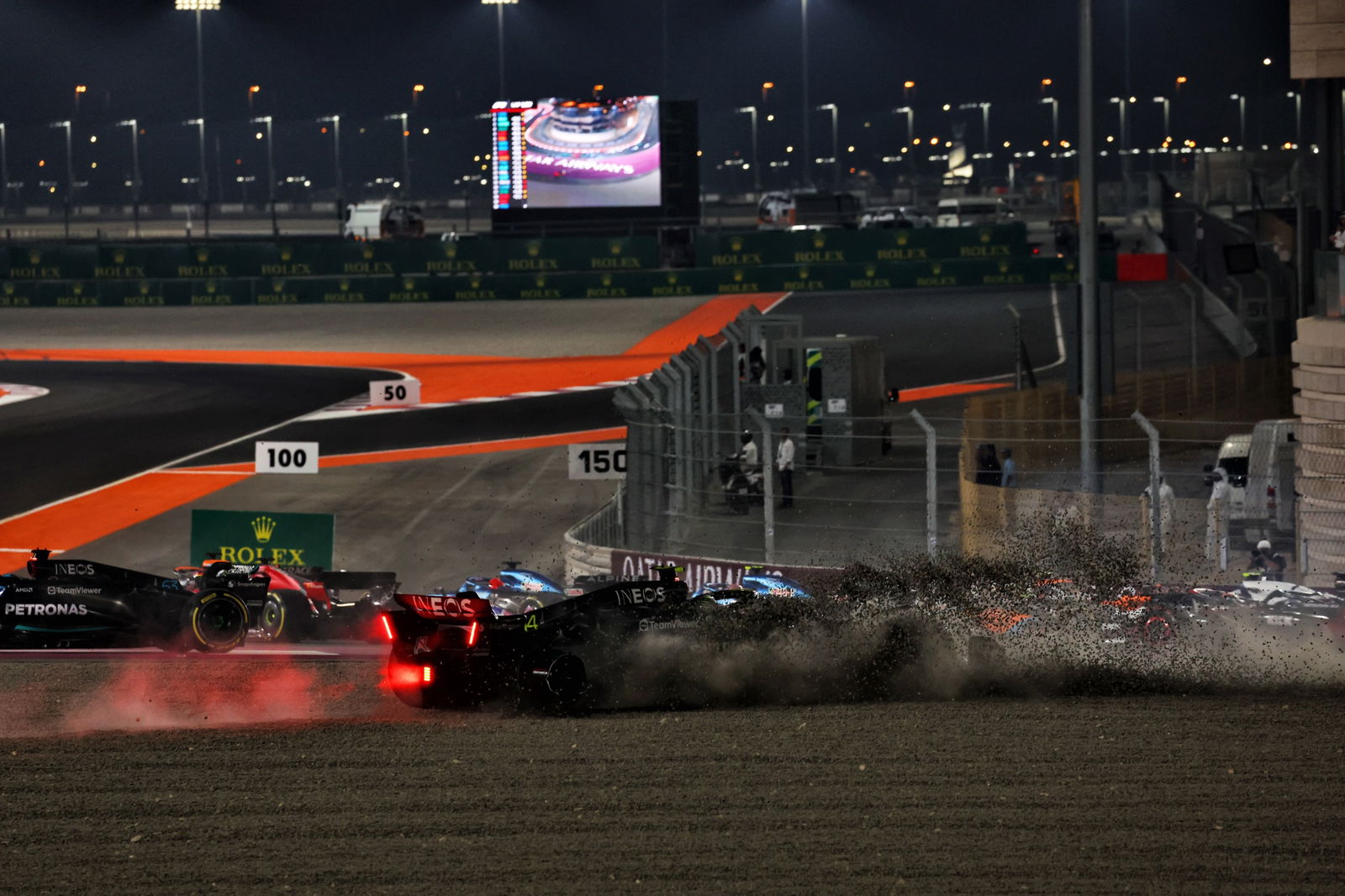
Hamilton was the driver who had more room to be flexible with. And as he acknowledged by putting his hands up and accepting the blame after the race, the seven-time world champion made a slight misjudgement that had costly consequences for both Mercedes.
Russell, who ended up sandwiched between Hamilton and Verstappen, could do little to avoid the collision.
However, aware that Hamilton had got the better initial launch, Russell did make a slight movement to cover off his teammate in the second phase of the start before the braking zone.
Had the Mercedes drivers been told to work together at the start, Russell, theoretically at least, could have tucked in behind Verstappen, giving Hamilton more room on the outside to play with.
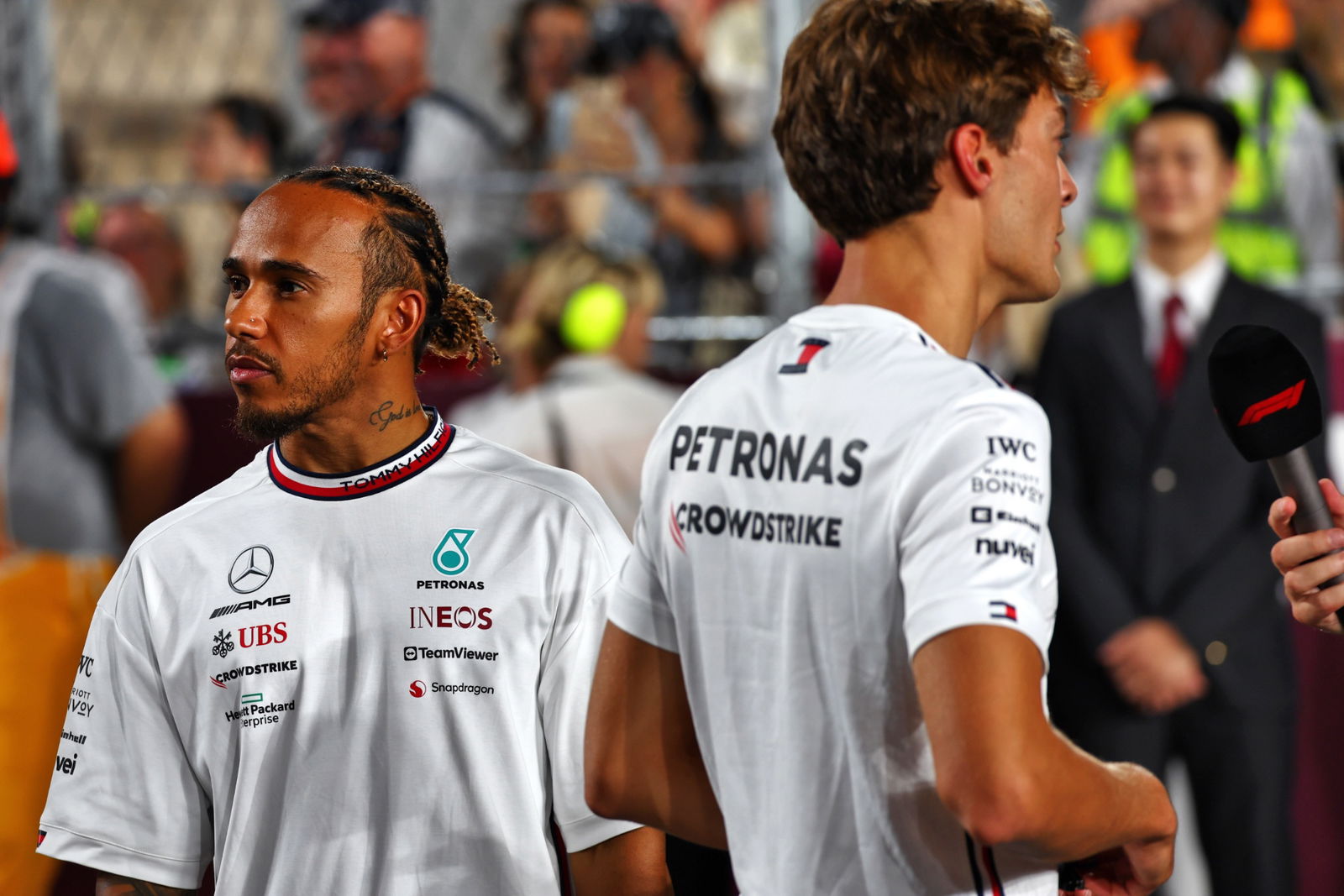
It feels exactly like the kind of thing Red Bull, being the slick operators that they are, would have pulled off had the roles been reversed and they found themselves in a position to launch a two-pronged attack on a single Mercedes.
The fact Mercedes had discussed the likelihood of Hamilton getting the jump on Russell, combined with Russell having knowledge of what was possible on softs given he started on that very compound one day before, made the whole situation more bewildering.
There was an opportunity for Hamilton to overtake Verstappen and take the lead. It may have been Mercedes’ best chance of beating Red Bull and, in many regards, they had absolutely nothing to lose in going for it.
Had Hamilton been able to use his faster tyres to halt Verstappen’s progress, at least for a couple of laps, it could have put him, or indeed Russell, in with a shot of victory.
That prospect does not seem totally beyond the realms of possibility given that McLaren’s Oscar Piastri finished less than five seconds behind Verstappen at the chequered flag.
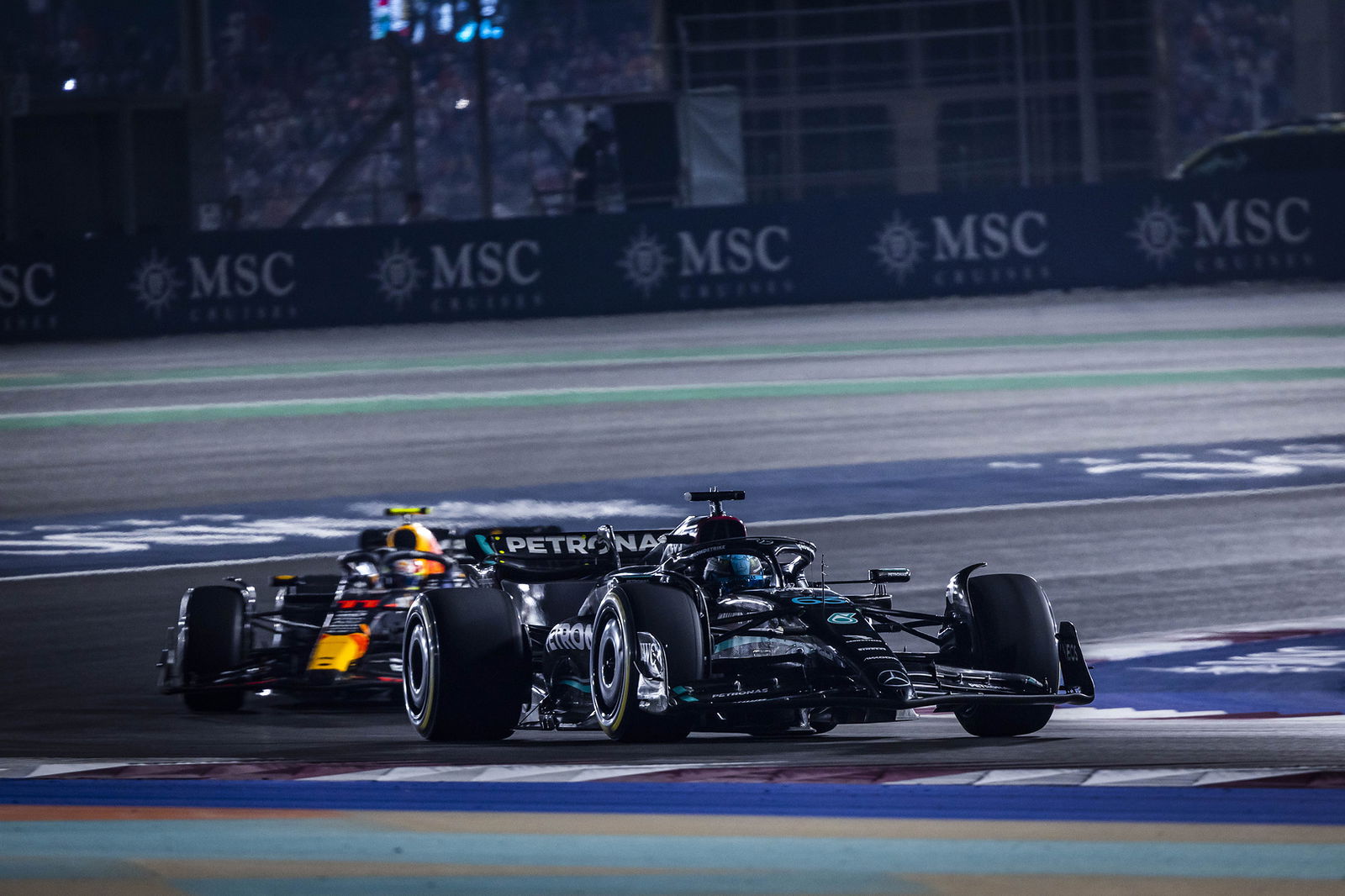
Russell reckoned he could have challenged Verstappen for the win without the Turn 1 collision. After all, he demonstrated strong pace during an impressive recovery back to fourth.
“We believe that we were on pace, if not faster, than McLaren," Russell said. “Seeing that Piastri finished so close to Max was really quite surprising.”
Shovlin said: “The early predictions were coming in at the back of the points, but not scoring many. As the race went on, those predictions got better and better. Ultimately, they ended up indicating that he would finish fourth place.
“Well, what changed that? He was able to overtake, he was able to get through some key cars early on and also once he got into free air, we could see that the race pace was actually really good. That was the thing that allowed him to make up so many places.”
With the benefit of hindsight, it feels like the dramatic crash could (and should) have been avoided. It will go down as a classic case of ‘what could have been’.
The collision was a massive shame and may have ended up inadvertently robbing Mercedes of their best chance to record a win this season.
